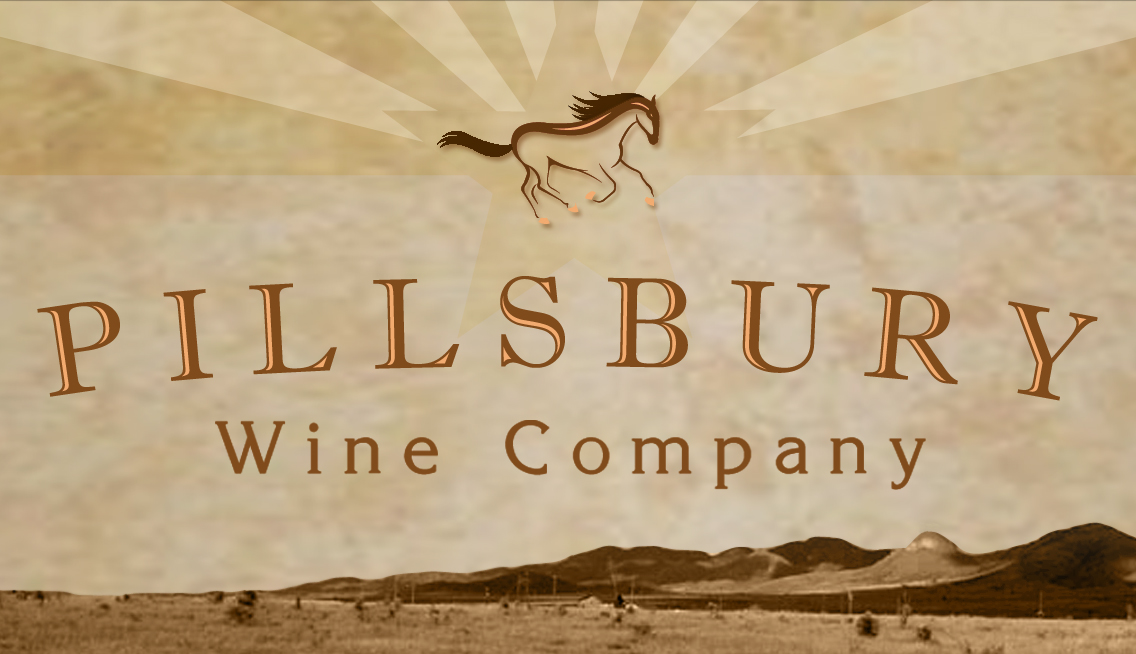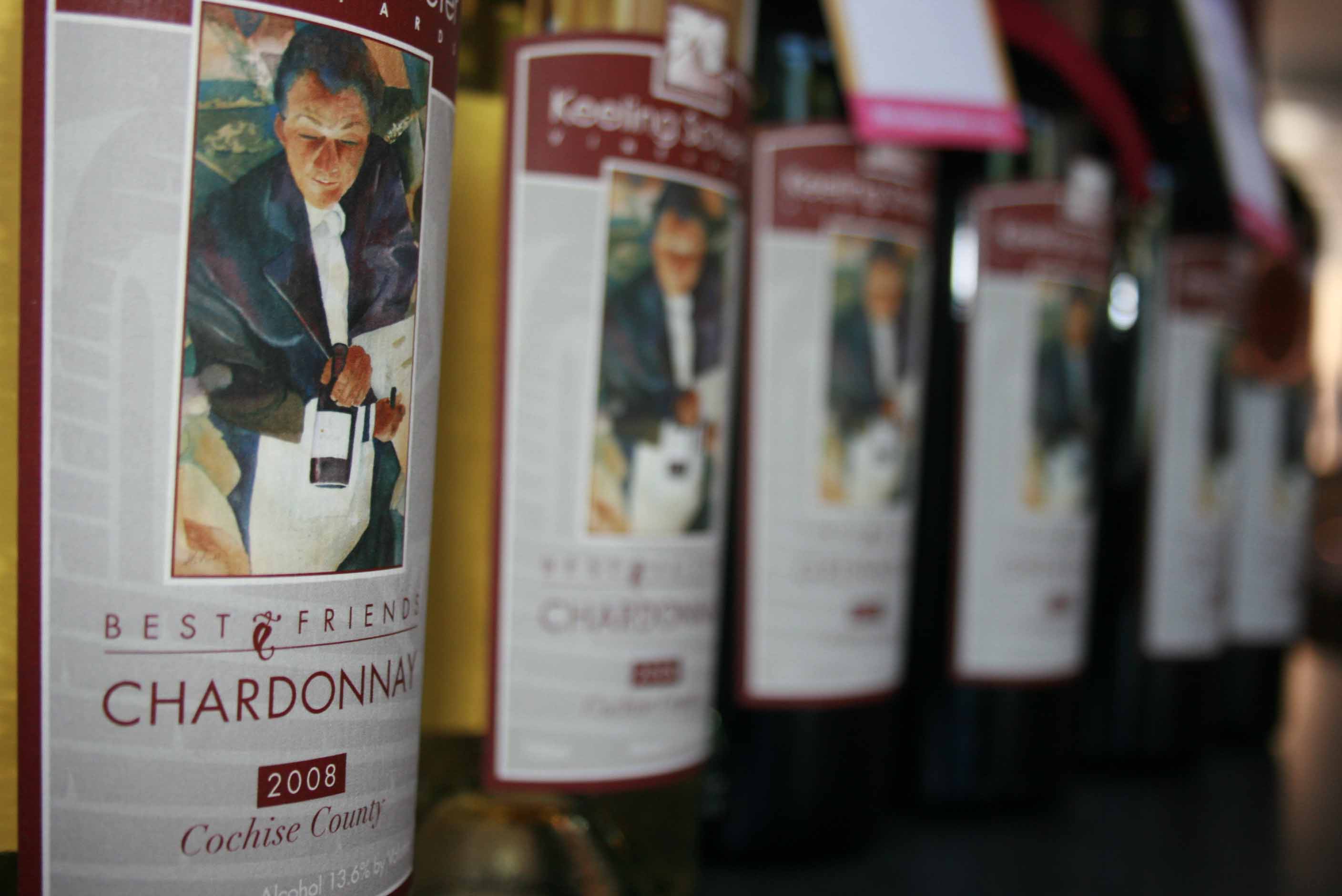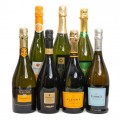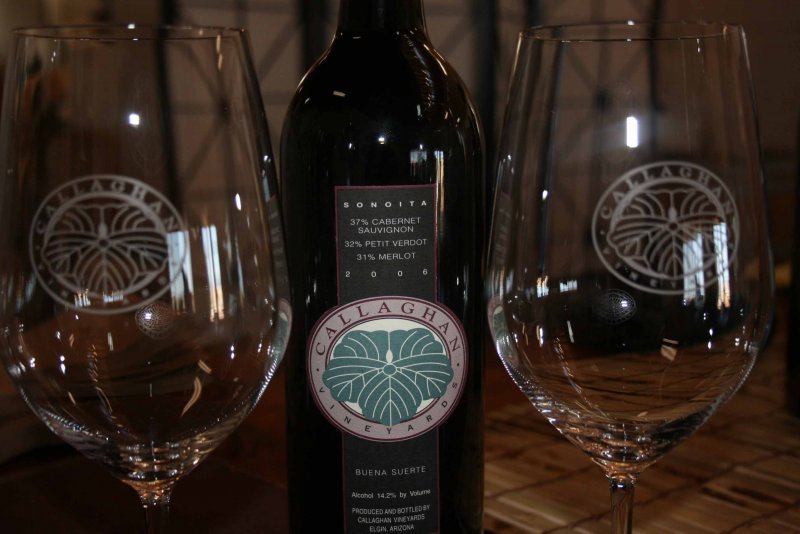Rhône, Rhône on the Range
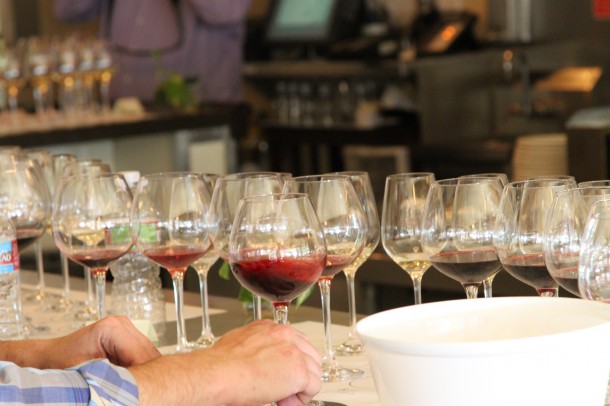
When professionals in the wine industry discuss wine styles and the character of a given wine, they often refer back to the classic regions of the old world, since those styles define many of the classic wine grape varieties. Most new regions look to classic wine areas when regarding what soil types and climate patterns their vineyard sites match, and how that pairs with vineyard practices from similar established regions.
Growers often make key decisions such as which grapes to plant based off the similarity of their sites to established regions in Europe. Many eventually establish their own signature styles through trial and error, such as the big fruit forward Shiraz wines of Australia, or the high altitude spicy Malbecs of Argentina. Arizona as a new region is still getting its feet wet in determining what grapes grow best, but if one classic region of the old world best matches many of the vineyard locations of Arizona, it’s the Rhône Valley of France.
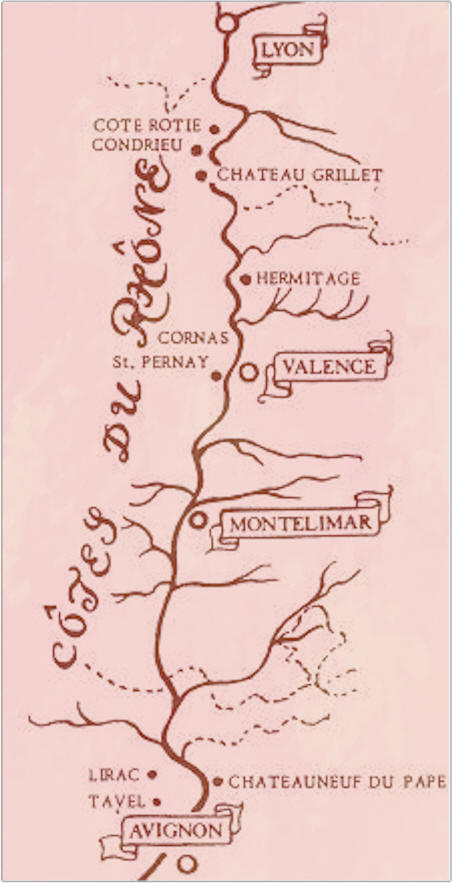 The Rhône is a very large region, stretching from just south of Lyon down to the region of Provence, along the Rhône River. It’s divided into a northern and southern region with the break between the two coming around the city of Montélimar. The northern Rhône is dominated by four distinct grapes: Syrah, Viognier, Marsanne, and Roussanne. It has a continental climate with warm summers and cold winters. The climate is influenced heavily by the mistral winds coming from the Massif Central. The southern region becomes more Mediterranean with hot summers and mild winters. The dominant grapes of the south are Grenache, Mourvèdre, Syrah, Carignane, Cinsault, Viognier, Roussanne, and Marsanne.
The Rhône is a very large region, stretching from just south of Lyon down to the region of Provence, along the Rhône River. It’s divided into a northern and southern region with the break between the two coming around the city of Montélimar. The northern Rhône is dominated by four distinct grapes: Syrah, Viognier, Marsanne, and Roussanne. It has a continental climate with warm summers and cold winters. The climate is influenced heavily by the mistral winds coming from the Massif Central. The southern region becomes more Mediterranean with hot summers and mild winters. The dominant grapes of the south are Grenache, Mourvèdre, Syrah, Carignane, Cinsault, Viognier, Roussanne, and Marsanne.
Arguably, more grapes are allowed in the Rhône Valley than in any other wine region of Europe. The permitted red grapes are: Syrah, Grenache, Mourvèdre, Carignane, Cinsault, Counoise, Muscardin, Picpoul Noir, Terret Noir, and Vaccarèse. The white grapes are: Viognier, Marsanne, Roussanne, Grenache Blanc, Ugni Blanc (Trebbiano), Bourboulenc, Clairette Blanc, Muscat Blanc à Petits Grains, Picpoul, Picardin, Grenache Gris, and Vermentino.
Petite Sirah (Durif) is also considered a Rhône grape, even though it is no longer grown in the region. Most of the minor grapes have much smaller plantings and are used for their blending character, which is a staple of Rhône wines. The wines considered classic to the region are the Syrah/Viognier blends of the Côte-Rôtie, the Viognier wines of Condrieu, the Syrahs of Hermitage, the blended reds of Châteauneuf-du-Pape, the Grenache based reds of the Côtes du Rhône, and the blended reds of Gigondas.
The climate and soils of Arizona by comparison have a great deal of similarity to the southern Rhône, and some of the more southern regions from the north. A quick look at many Arizona vineyards and you’ll see a rundown of the major Rhône grape varieties. Page Springs Cellars in Cornville expressly calls itself a Rhône house. Alcantara Vineyards and Winery near Cottonwood is heavily planted to Syrah, Mourvèdre, and Viognier. Keeling-Schaefer Winery near Willcox is known for Syrah and Grenache. Callaghan Winery in Elgin grows Grenache, Mourvèdre, Viognier, and Petite Sirah, and is known for constructing blended wines. I could continue to ramble off one winery after the other, but you get the point.
Although Cabernet Sauvignon, Chardonnay, and Merlot may be the most popular wines on the store shelves, they aren’t necessarily the best wines for every region. As the Arizona wine scene continues to grow, look for the all-star wines to have Mediterranean homes that enjoy the hot days, cool nights, and mild winters we have here in the sunny Southwest. Just like the regions these grapes come from, the best of the best will likely be a blend with names you might not necessarily be familiar with. Fear not though, judge the wines on their merits, and enjoy the best of what Arizona has to offer.
As always, just remember to enjoy responsibly.

